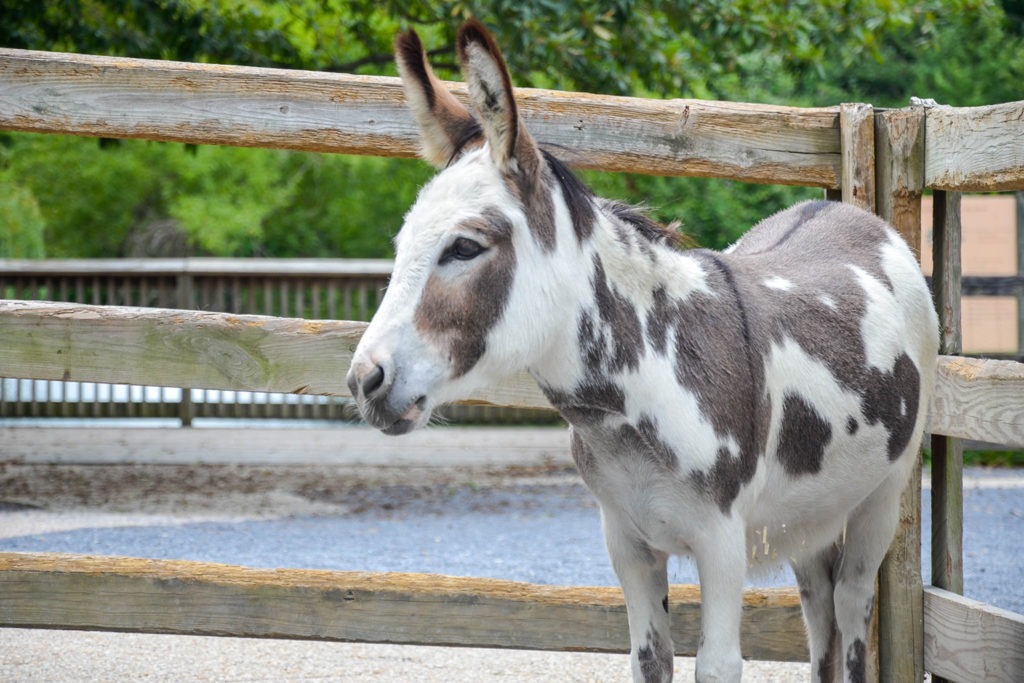Overview
Physical Description
There are approximately 10,000 of these donkeys in the U.S. today. They have been bred carefully over many generations for size, disposition, and conformation to certain bodily traits. Size is the defining breed trait. An adult miniature donkey cannot measure more than 36 inches tall, measured from the highest point of the withers. An exceptionally small animal could measure only 26 inches tall, but the average height is 33-34 inches.
Origins
The original two breeds from which miniature donkeys are descended are both native to Mediterranean islands. One is native to Sicily and the other to Sardinia, but the two breeds are genetically indistinguishable.
Introduction to North America
Miniature donkeys from Sicily and Sardinia were first imported into the United States in the early 1900s. These animals and their descendants were extensively bred with each other and with breeds of unknown ancestry to produce a distinctively American breed.
Uses
Miniature donkeys can serve as pack animals but are more often kept as companion animals. Because of their size and disposition, they are more easily handled than other breeds of donkey. They are known to be gentle, intelligent, and sociable. The miniature donkeys from which they are descended were bred as pack animals for hauling carts and carrying small loads.
Current Status
The original Mediterranean breeds are nearly extinct today on their native islands, but the American breed is doing well. It is listed as a “recovering” breed by the American Livestock Breeds Conservancy, a non-profit organization working to conserve historic breeds and genetic diversity in livestock. At the Maryland Zoo, they can be found in the Farmyard along with many other animals.
Taxonomy
- Kingdom: Animalia
- Phylum: Chordata
- Subphylum: Vertebrata
- Class: Mammalia
- Genera: Equus
- Species: asinus asinus

